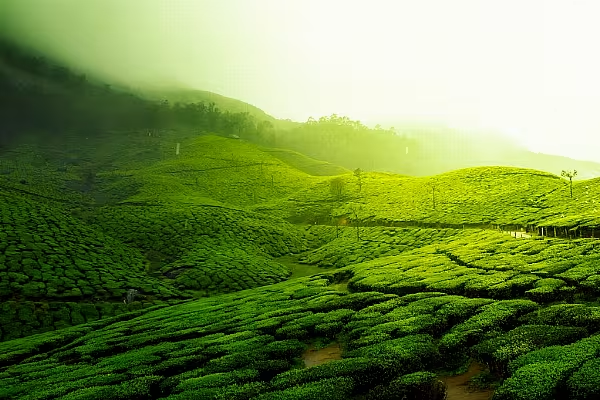The southwest monsoon that waters about half of India’s farmland arrived in the country slightly ahead of its normal schedule, giving a boost to farmers planting rice to soybeans crops in coming weeks.
Monsoon rain has reached the southern state of Kerala, K. J. Ramesh, chief of India Meteorological Department, said by phone. The June-September rainy period typically starts on June 1 and the department had predicted a May 30 onset.
The monsoon accounts for more than 70 percent of annual rain and is critical to grain, pulses and sugarcane output. The world’s second-biggest sugar producer can switch between exporter and importer depending on the weather pattern. Precipitation in June and July is critical and any deficit in the early part of the season could delay sowing and hurt crops, even if the monsoon gathers pace later.
North East
"It has also advanced into some parts of north-eastern states," according to a statement from India Meteorological Department on Tuesday. Conditions are favorable for further advance of the monsoon into parts of Kerala, Karnataka, Tamil Nadu and north-eastern states in the next three to four days, the department said.
The weather office had forecast precipitation this year at 96 percent of a 50-year average. The country saw normal rainfall last year after two consecutive years of drought. Private forecaster Skymet Weather Services Pvt. in March predicted the monsoon would be 95 percent of the long-term average, meeting its definition of a below-normal season, citing concerns about the possible development of an El Nino weather pattern.
The India Meteorological Department said in April that a weak El Nino may only develop in the later part of the rainy season, with a less than 50 percent chance of it developing before August. In 34 percent of El Nino years, monsoon rainfall was normal or above normal, it has said. Australia’s Bureau of Meteorology also said in May that while there is a 50 percent chance of the event this year, it may be weak.
The annual monsoon waters about half of India’s crops, with agriculture accounting for about 14 percent of the economy. About 800 million people live in villages and depend on farming.
News by Bloomberg, edited by ESM. Click subscribe to sign up to ESM: The European Supermarket Magazine.














